On October 13, the Hanoi People's Committee coordinated with CNTY Group to organize the inauguration ceremony of the Soc Son Waste-to-Energy Plant in Trung Gia Commune, Hanoi. This is the largest waste-to-energy plant in Vietnam and the second largest in the world , with a capacity to receive 5,000 tons of waste/day, a power generation capacity of 90 MW, and will officially connect to the national grid from July 2022.
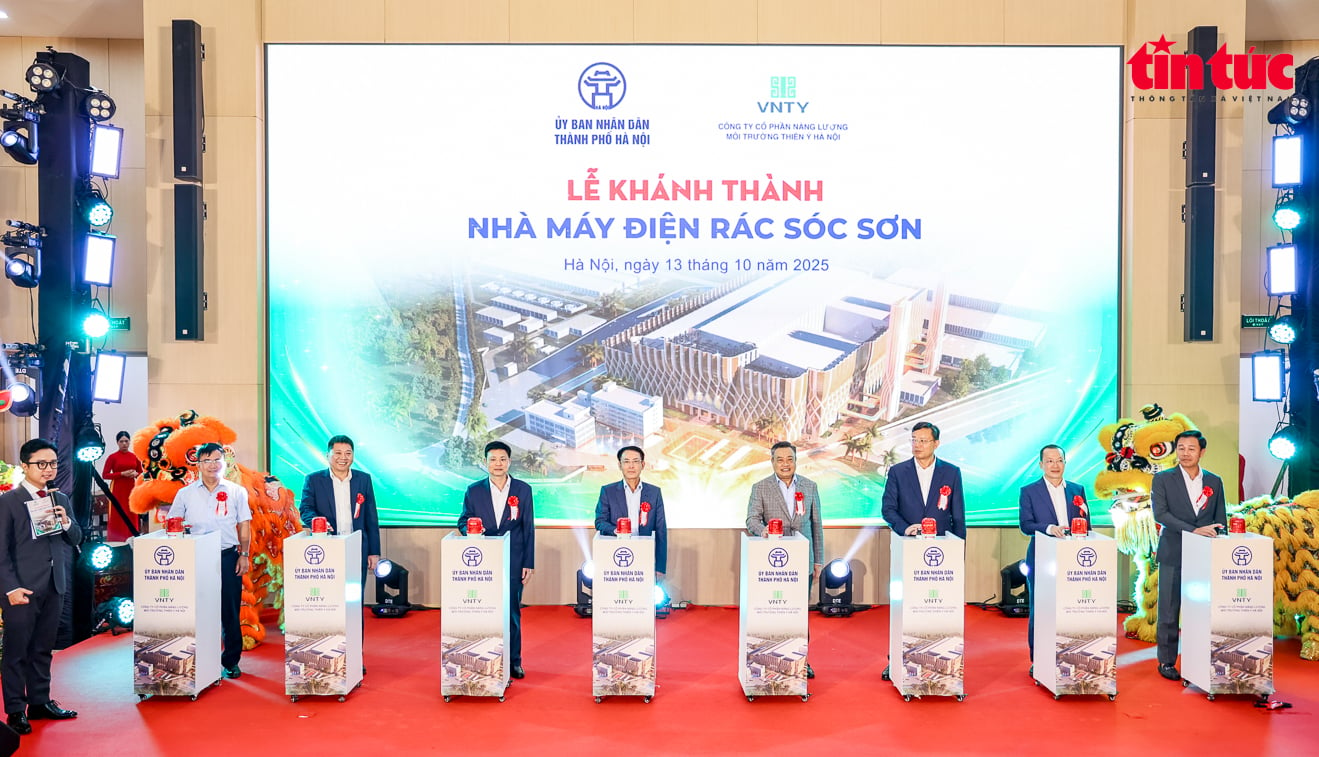
Fundamental solution to the capital's waste problem
At the inauguration ceremony, Mr. Tao Duc Tieu, General Director of CNTY - EUZY Group said: The Soc Son Waste-to-Energy Plant project is invested by Thien Y Hanoi Environmental Energy Joint Stock Company - HNTY (a member of CNTY - EUZY Group); construction started in August 2019 with a total investment of more than 320 million USD.
The factory uses advanced Belgian mechanical grate incinerator technology, ensuring strict environmental standards of Europe and Vietnam. According to Mr. Tao Duc Tieu, Hanoi generates about 7,500 tons of household waste every day, and this number continues to increase every year. If not thoroughly treated, this will be a huge burden on the environment, public health and sustainable development of the city.
“The Soc Son waste-to-energy plant is the fundamental solution to Hanoi’s household waste problem for decades, turning waste into clean energy, contributing to socio -economic development and the goal of building a green, clean, beautiful and civilized capital,” emphasized Mr. Tao Duc Tieu.
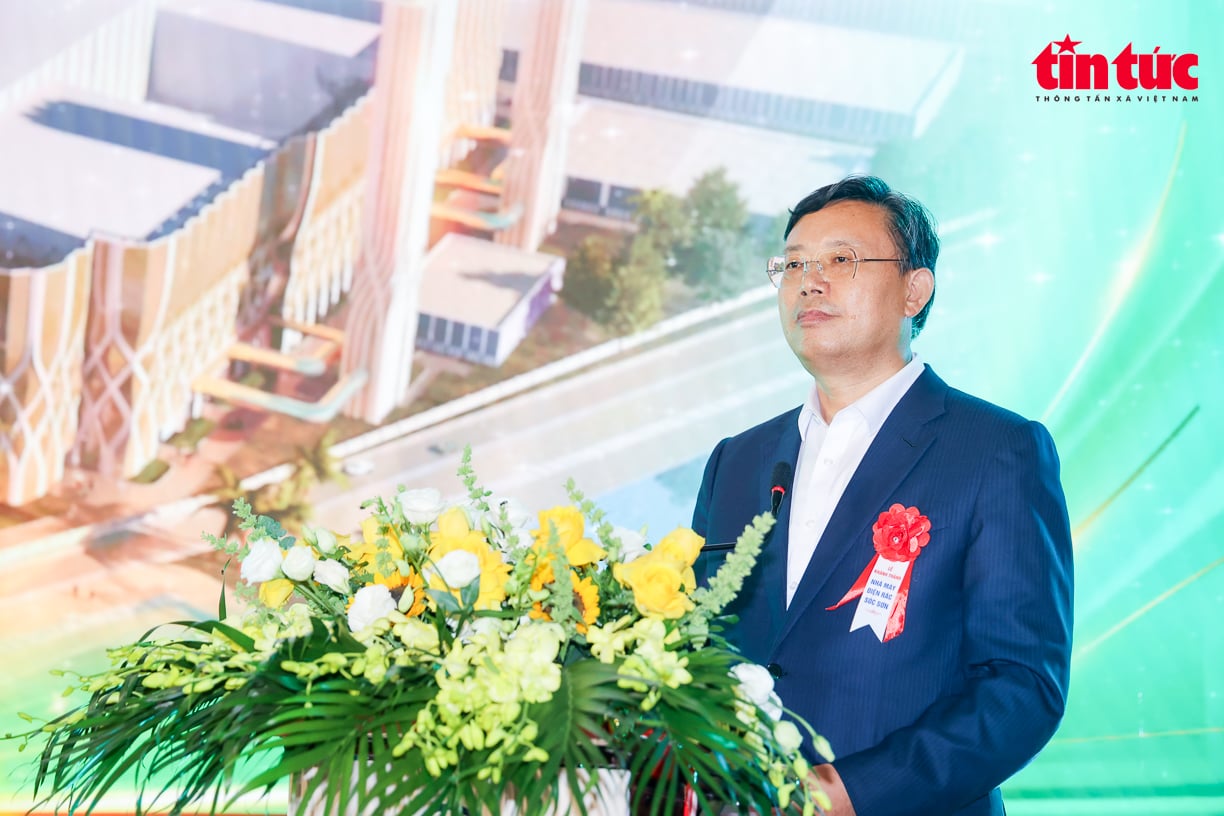
“Effective operation, 70% of waste is treated with new technology”
Ms. Nguyen Thi Hong Van, General Director of VNTY (the unit managing HNTY) shared: “The factory started construction at the right time when the whole country was preventing the COVID-19 epidemic. Overcoming difficulties and challenges, after more than 3 years of trial operation, the factory has now operated stably, effectively treating about 70% of Hanoi's daily household waste, replacing the traditional landfill method”.
According to Ms. Nguyen Thi Hong Van, every day, the plant processes at least 2/3 of Hanoi's waste, and the incineration process generates 90 MW of electricity, contributing to the supply of clean energy to the national power system. Ms. Van expressed her wish to soon implement phase 2 of the project to process long-buried waste, thereby returning land for park projects, community welfare, and preventing groundwater and soil pollution.
“We aim to apply AI and modern environmental technologies in waste collection and treatment in the inner city area, striving to put them into use from the first quarter of 2026, contributing to building an increasingly clean and civilized Hanoi environment,” said Ms. Nguyen Thi Hong Van.
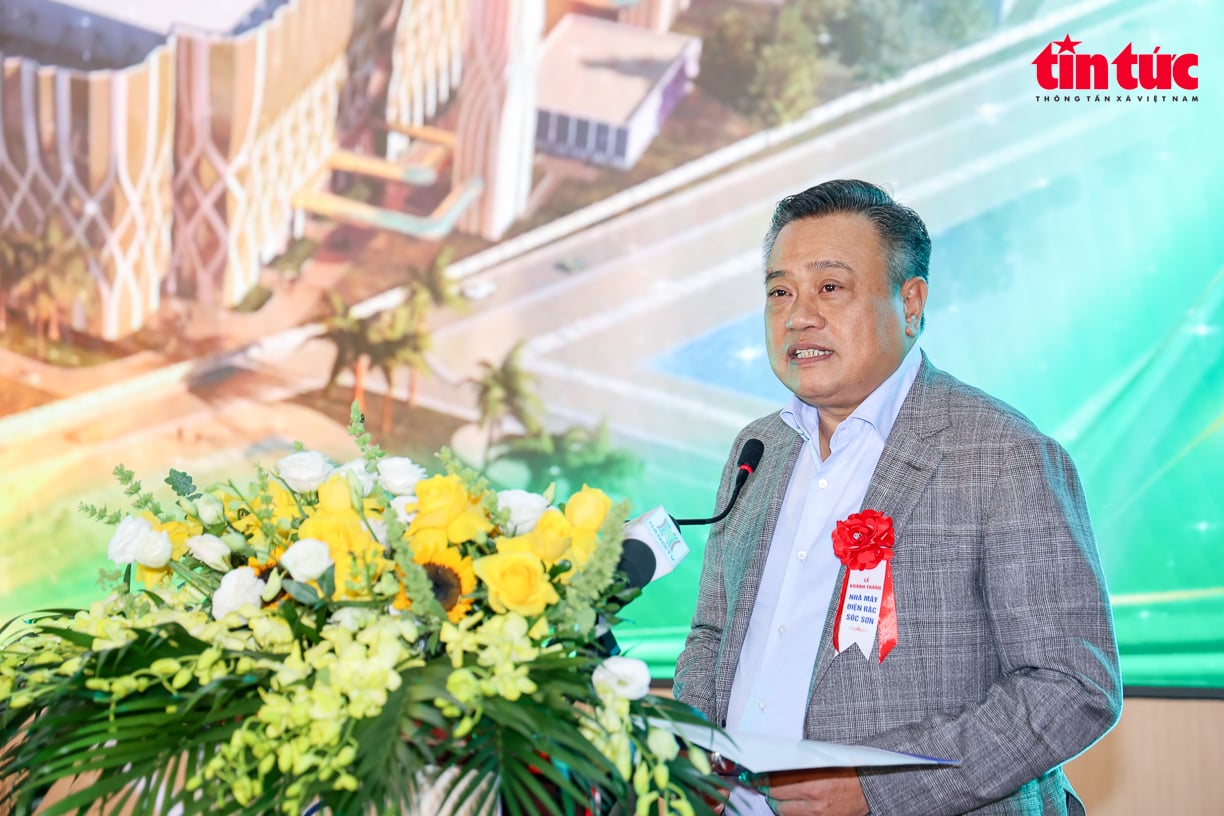
Attending and speaking at the inauguration ceremony, Chairman of the Hanoi People's Committee Tran Sy Thanh emphasized: "Environmental issues are an important issue for Hanoi today. With nearly 10 million people, the capital generates about 8,000 tons of waste every day. The inauguration of the Soc Son Waste-to-Energy Plant - the largest waste-to-energy plant in Vietnam and the second largest in the world - is an important turning point, demonstrating Hanoi's determination to modernize waste collection, transportation and treatment."
According to Mr. Tran Sy Thanh, compared to other provinces and cities in Vietnam, the capital is currently the only locality that has waste-to-energy plants with a capacity of "thousands of tons" - a great step forward in the field of solid waste treatment. The city is gradually building a closed process, modernizing the collection and transportation of waste, towards a "bright - green - clean - beautiful" urban appearance.
The Chairman of the Hanoi People's Committee also requested relevant units to urgently develop a plan to handle about 1 million cubic meters of old waste that is still buried at the Nam Son Solid Waste Treatment Complex, with the goal of thoroughly handling all the landfill waste that has accumulated over the years in the next 5-7 years; thereby creating a green, clean, and sustainable landscape.
Notably, the Hanoi leaders also emphasized that the Department of Agriculture and Environment and the Department of Construction should soon review and allocate land to investors to soon come up with a plan to treat "fly ash" after burning garbage using advanced technology to minimize pollution; and urgently operate the plant to treat sludge from the city's rivers and lakes.
“The city acknowledges and thanks the people of Trung Gia commune for accompanying and creating favorable conditions for the project to be completed. Nearly 100% of the recommendations of the people in the project area have been satisfactorily resolved by the city,” Mr. Tran Sy Thanh shared.
CNTY Group leaders affirmed that the inauguration ceremony is just the beginning. What is more important is to maintain safe, efficient, and sustainable operations. The company is committed to strictly implementing international standards, reducing emissions, saving energy, and continuously investing in improving the qualifications of its human resources.
The Soc Son Waste-to-Energy Plant is not only a symbol of green technology and circular economy, but also a testament to Hanoi's vision of sustainable urban development - turning waste into resources, turning challenges into opportunities, and turning the aspiration for a green - clean - civilized - modern capital into reality.
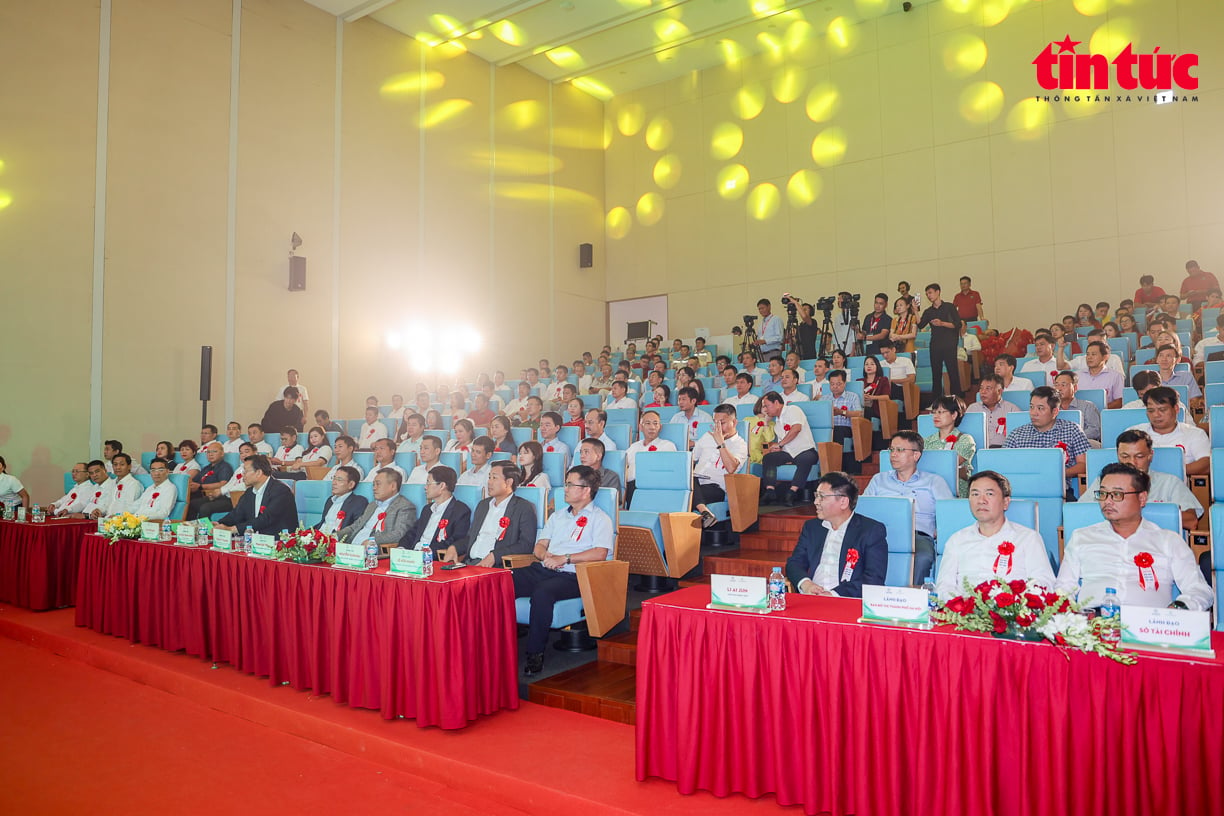
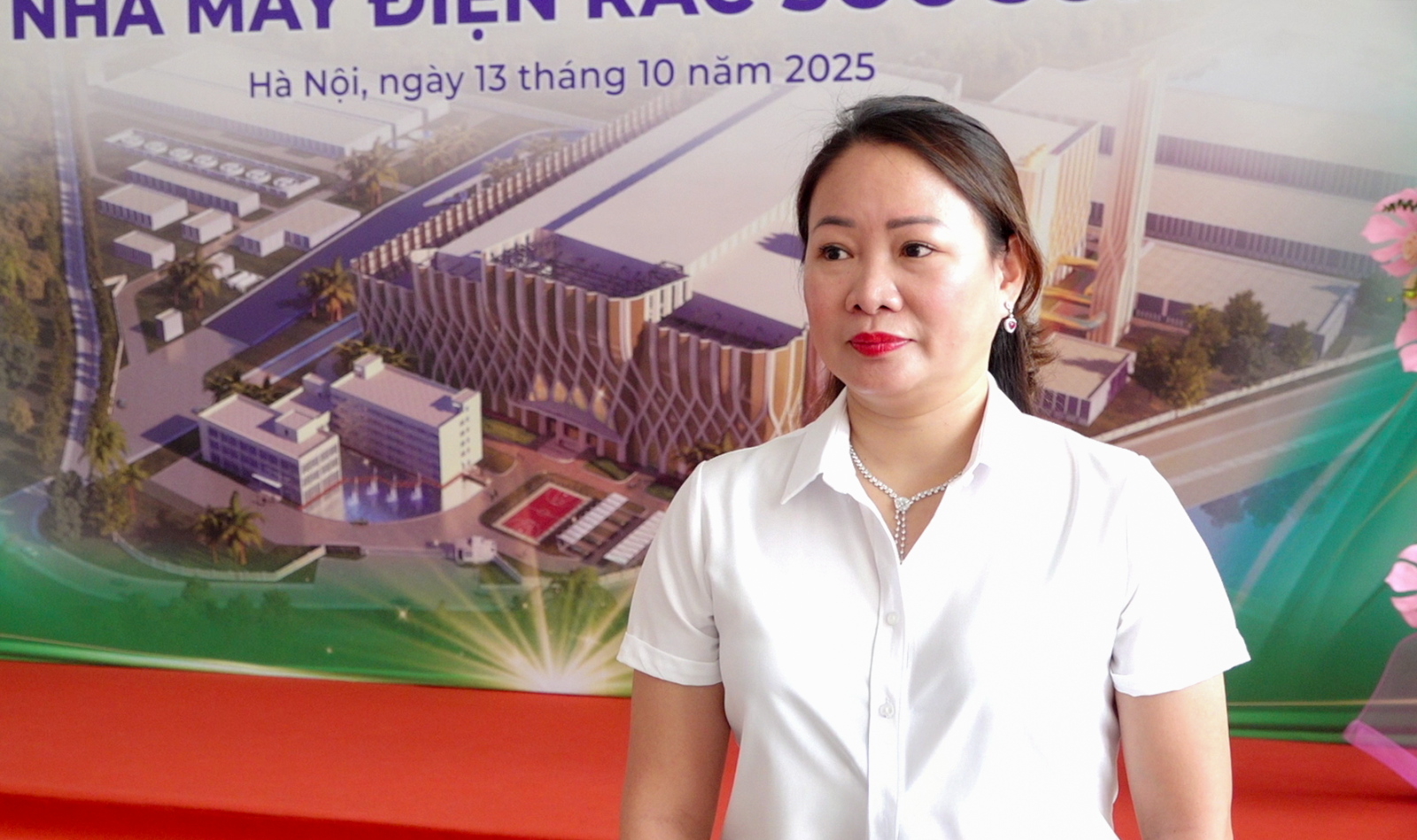
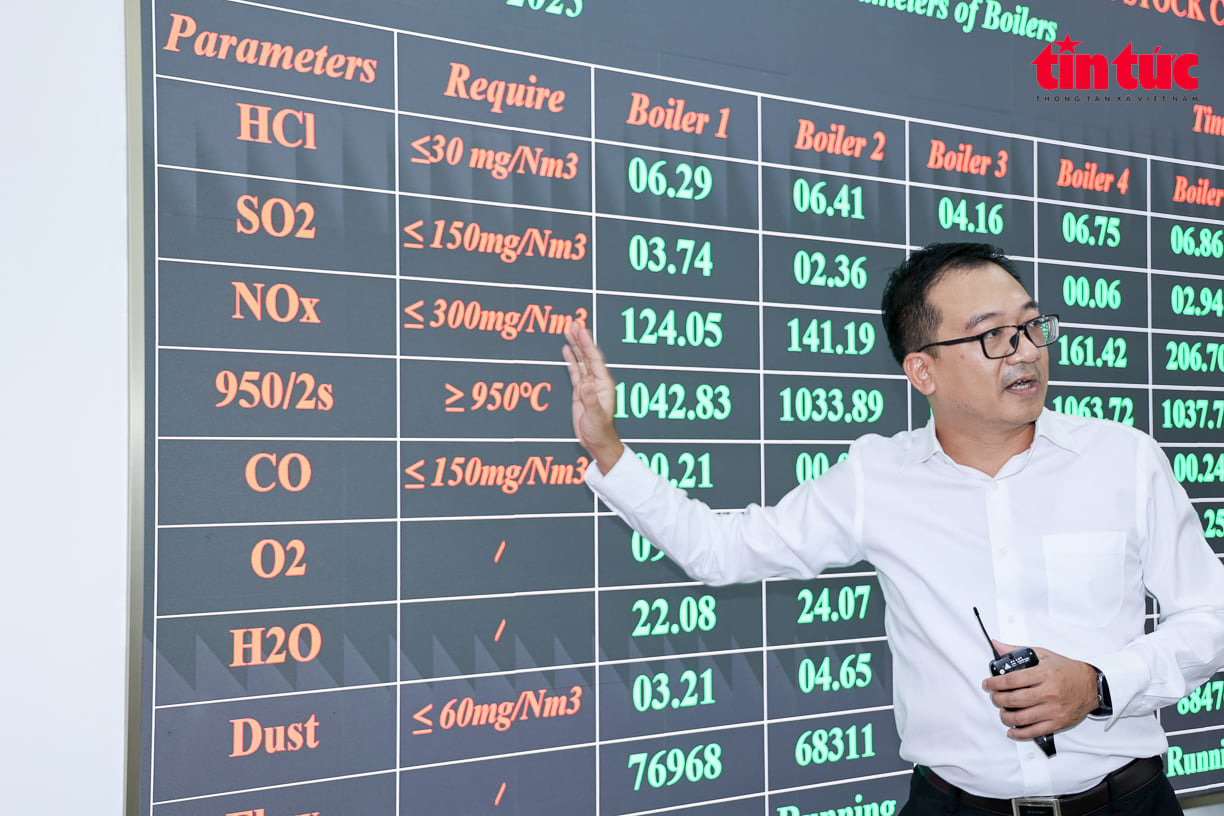
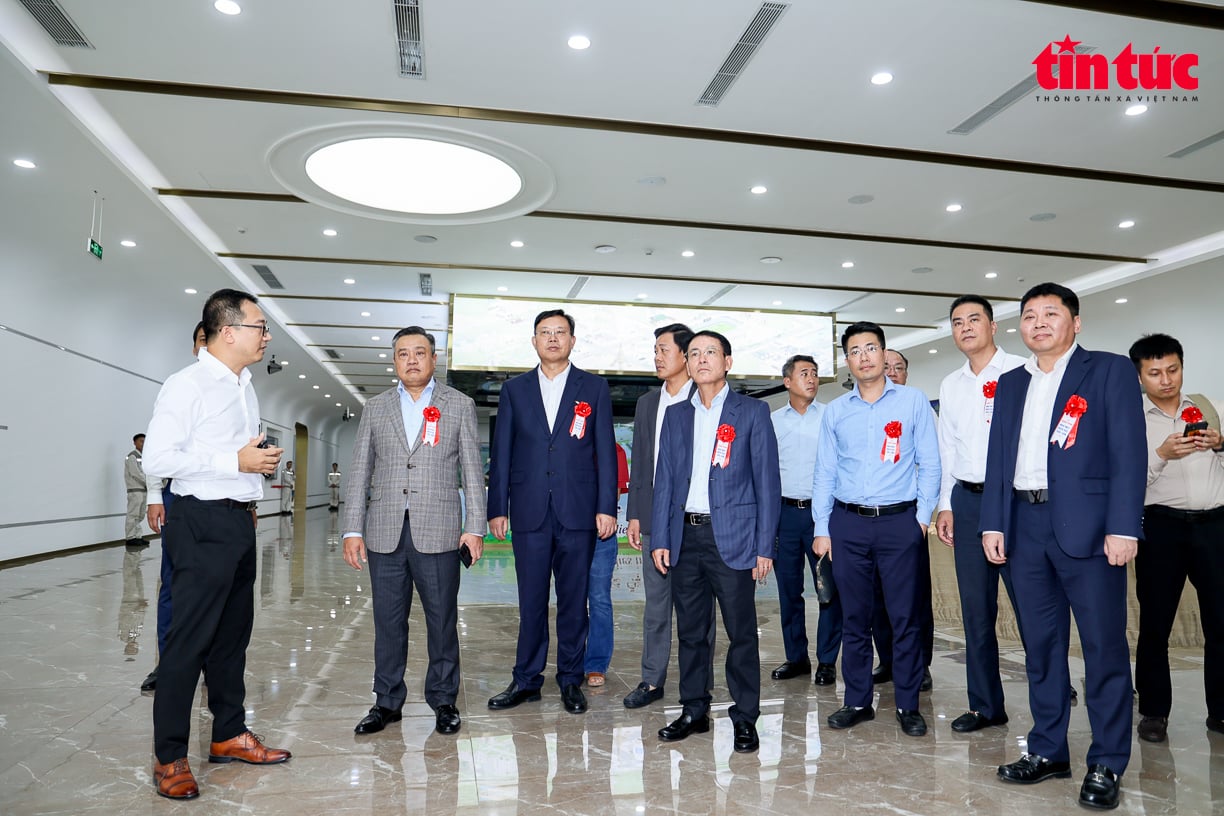
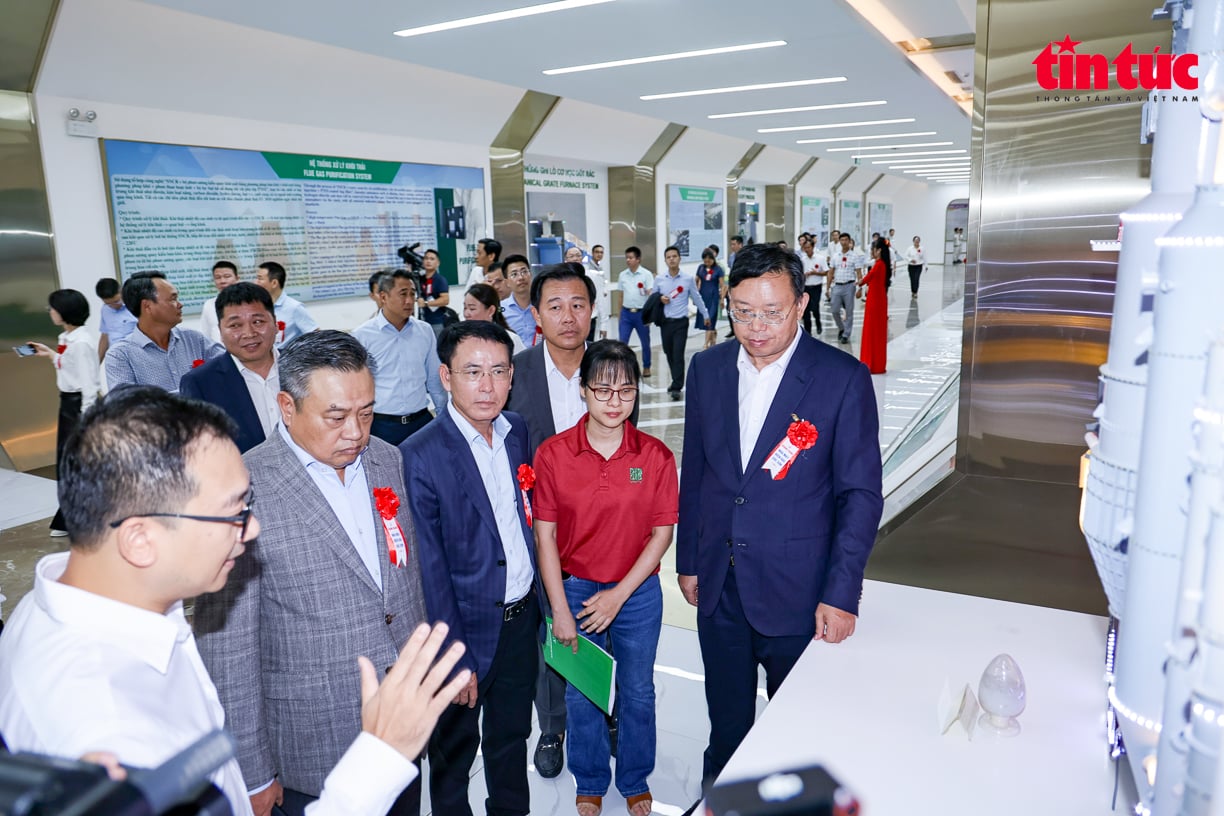
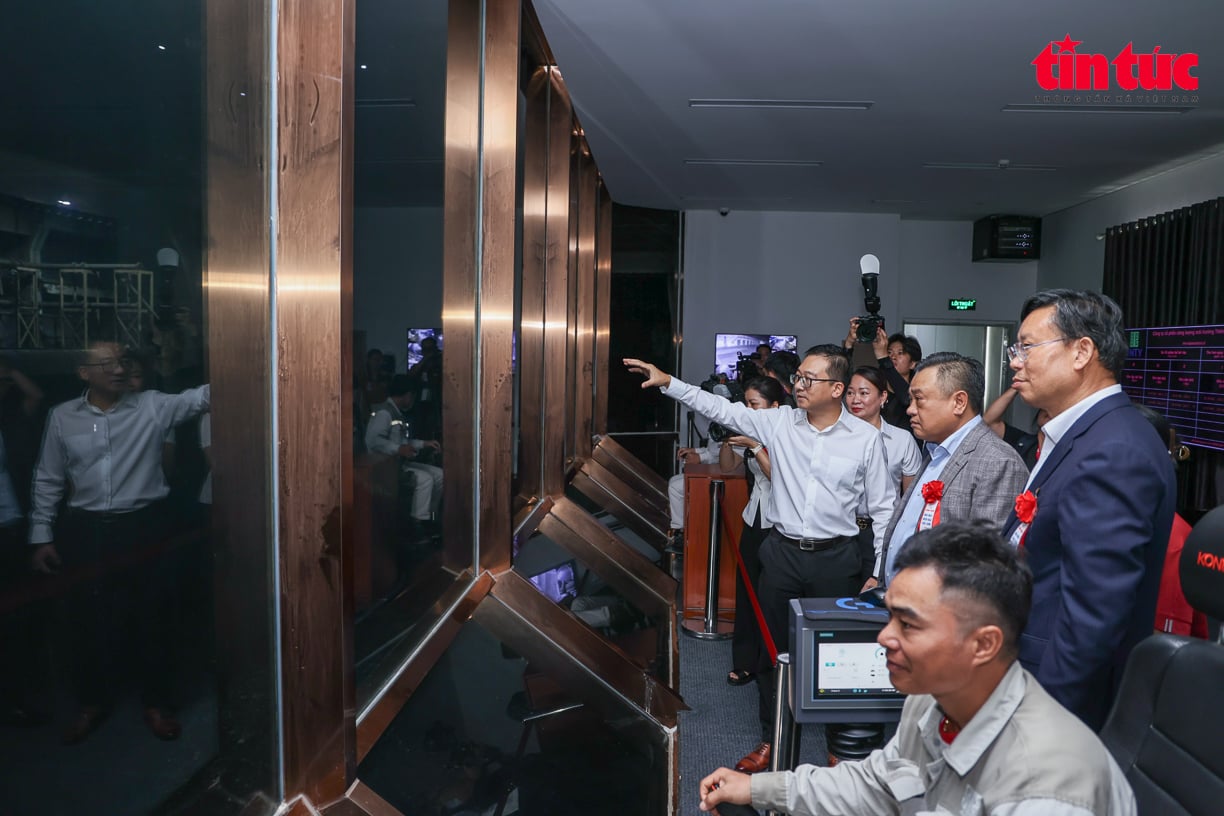
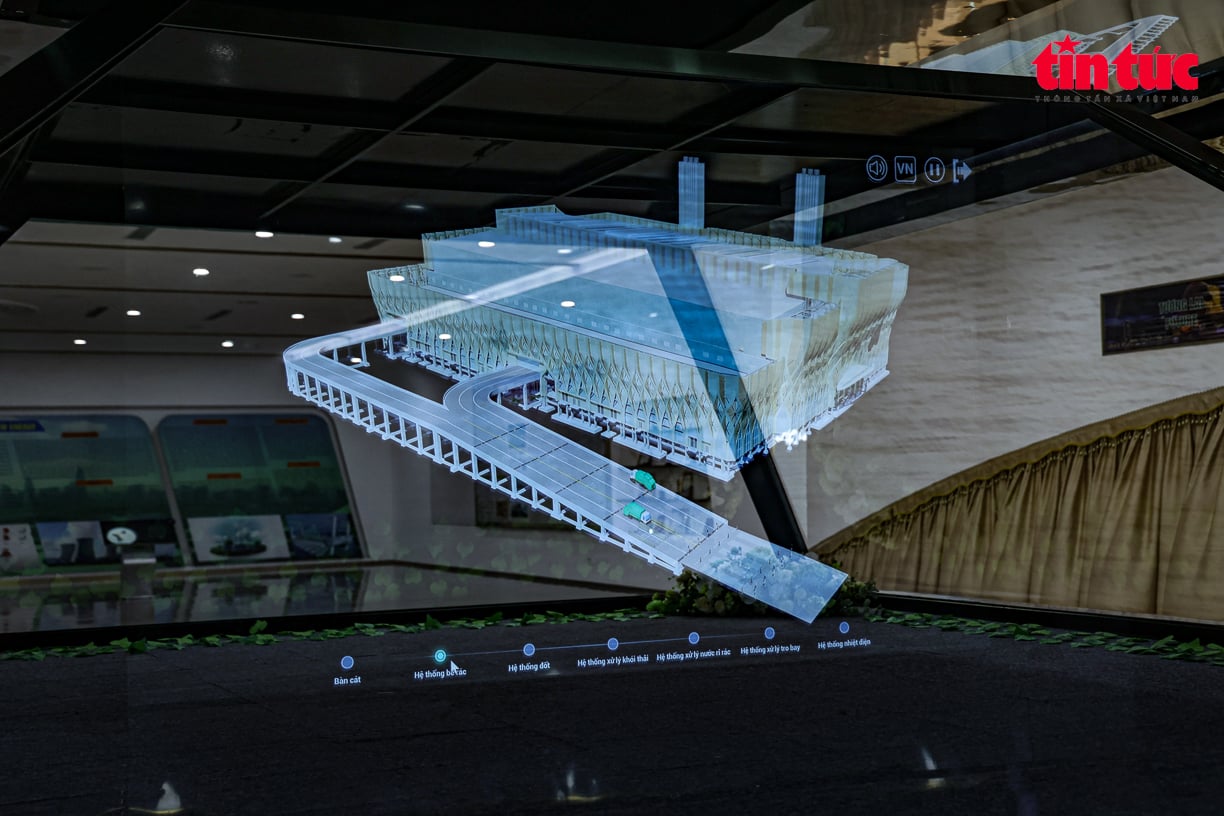
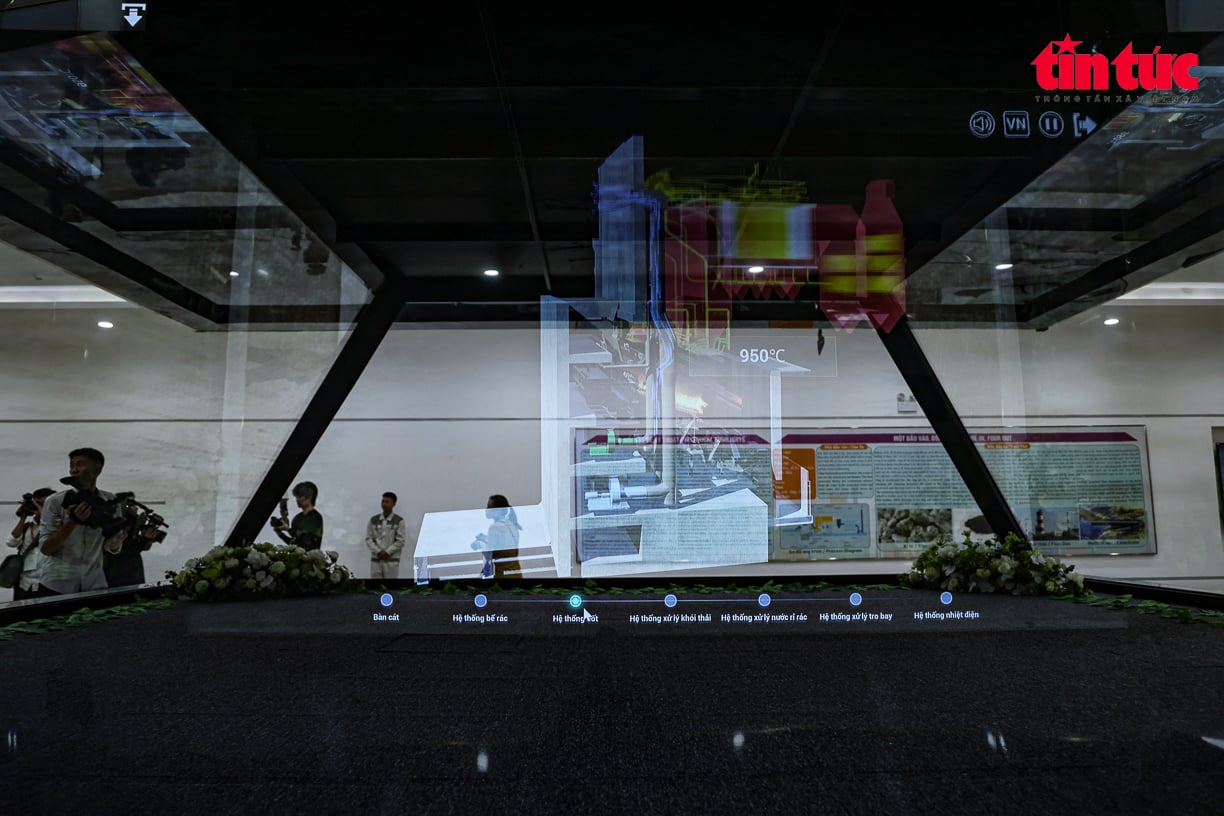
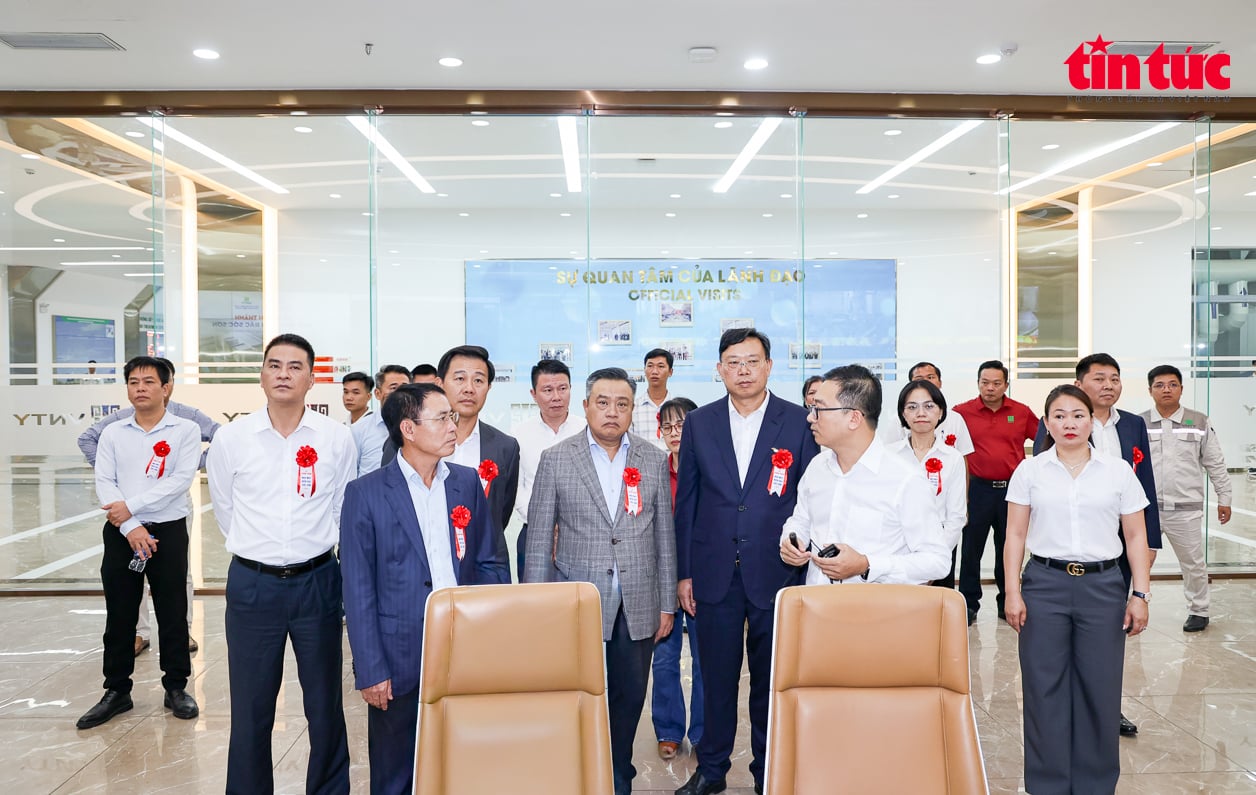
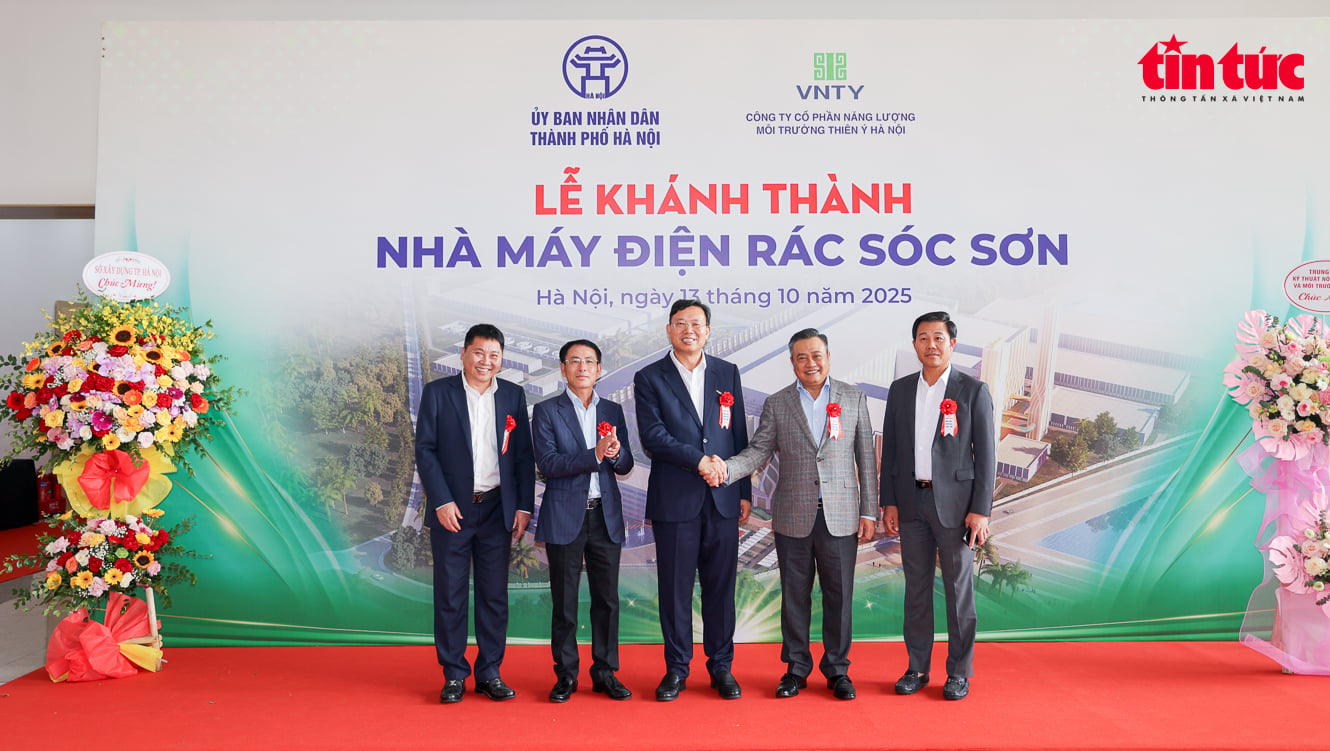
Source: https://baotintuc.vn/ha-noi/chu-tich-ha-noi-du-le-khanh-thanh-nha-may-dien-rac-lon-nhat-viet-nam-20251013144457776.htm




![[Photo] Solemn opening of the 1st Government Party Congress](https://vphoto.vietnam.vn/thumb/1200x675/vietnam/resource/IMAGE/2025/10/13/1760337945186_ndo_br_img-0787-jpg.webp)



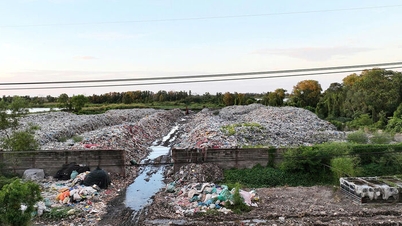

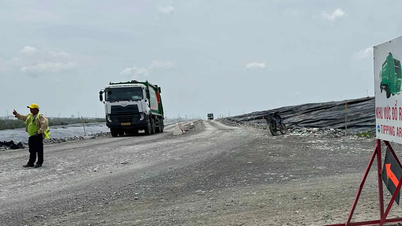

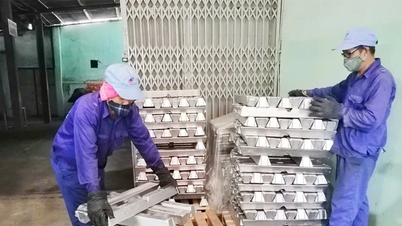



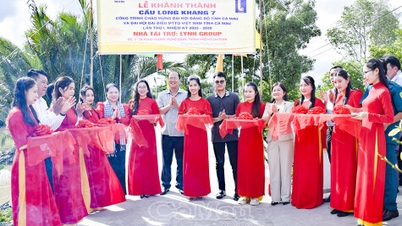

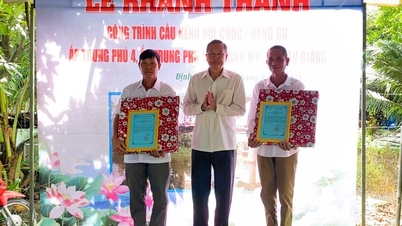
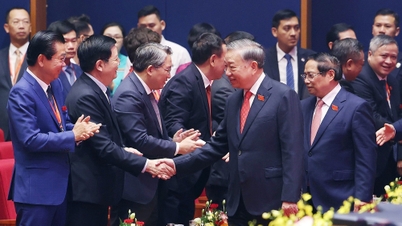

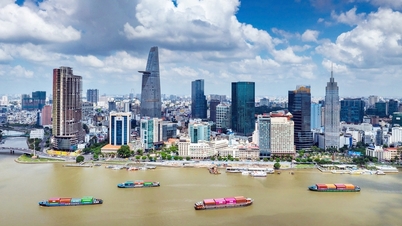
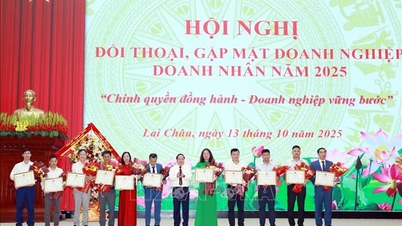
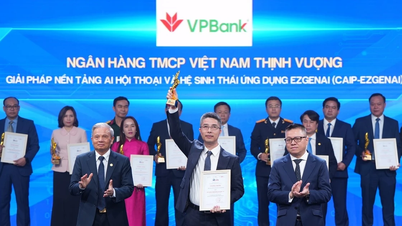



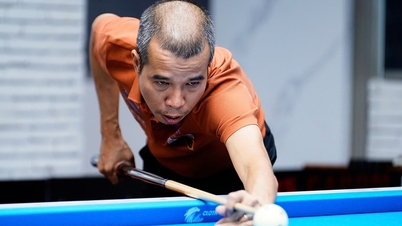







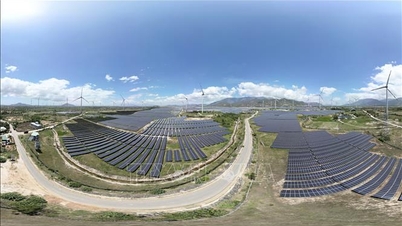

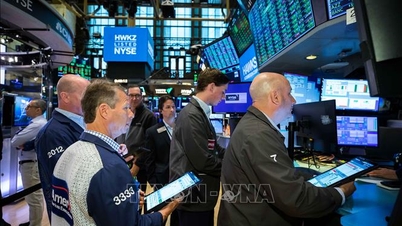
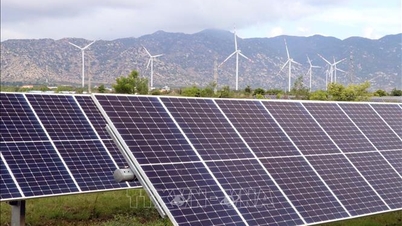
![[Photo] General Secretary To Lam attends the opening of the 1st Government Party Congress](https://vphoto.vietnam.vn/thumb/1200x675/vietnam/resource/IMAGE/2025/10/13/1760321055249_ndo_br_cover-9284-jpg.webp)
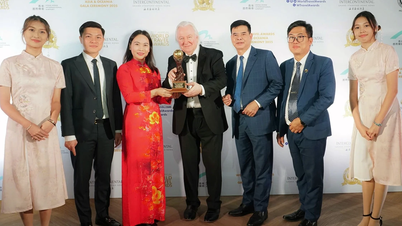




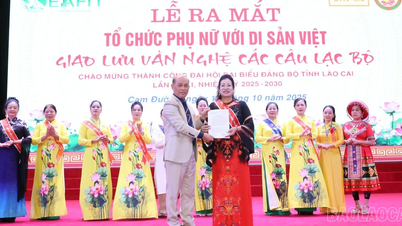

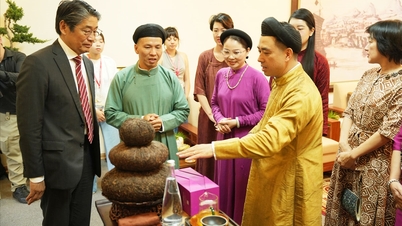







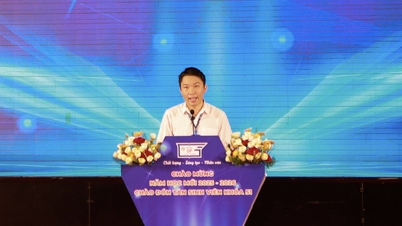


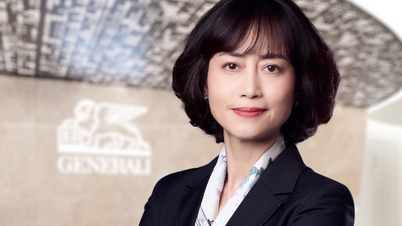

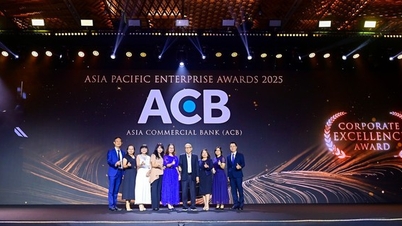
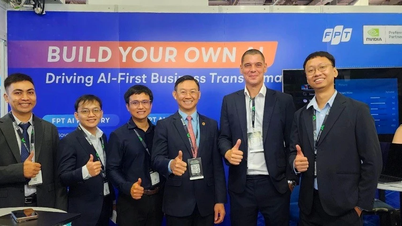


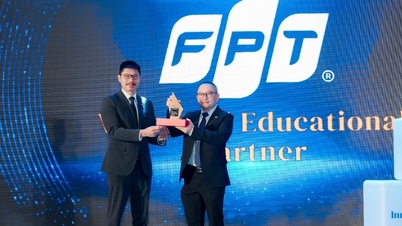






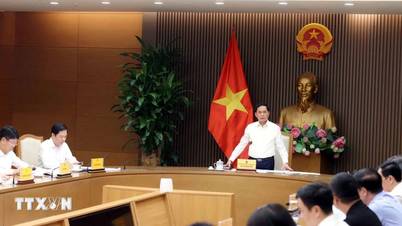

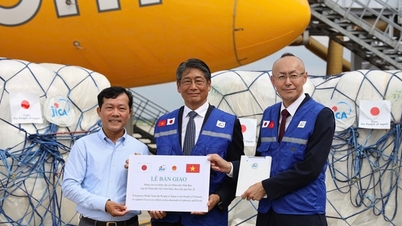
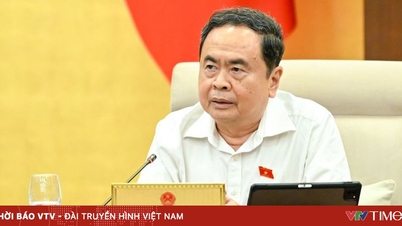

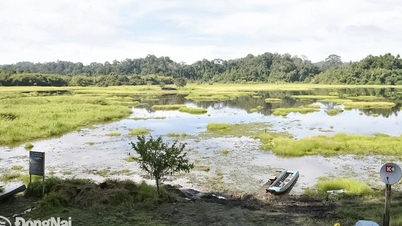




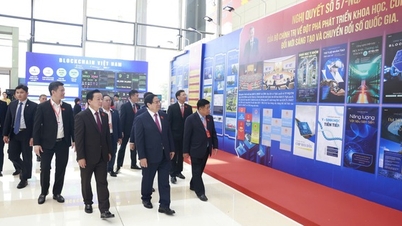
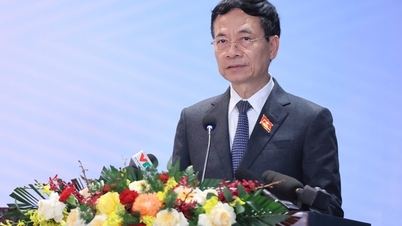
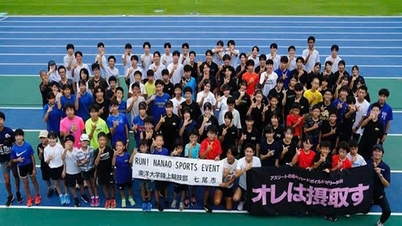
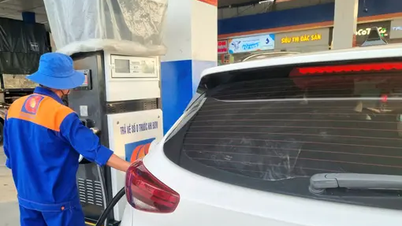
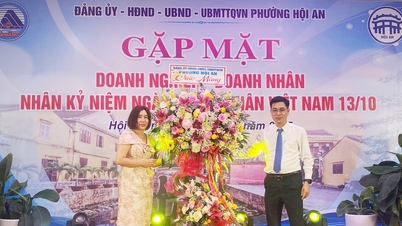
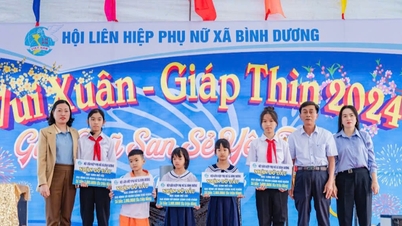


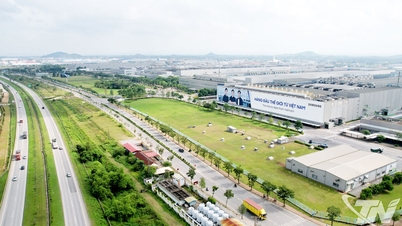

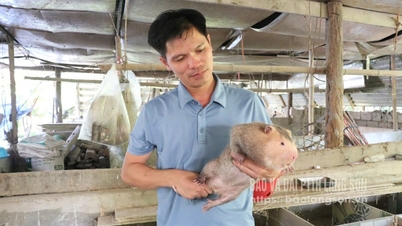










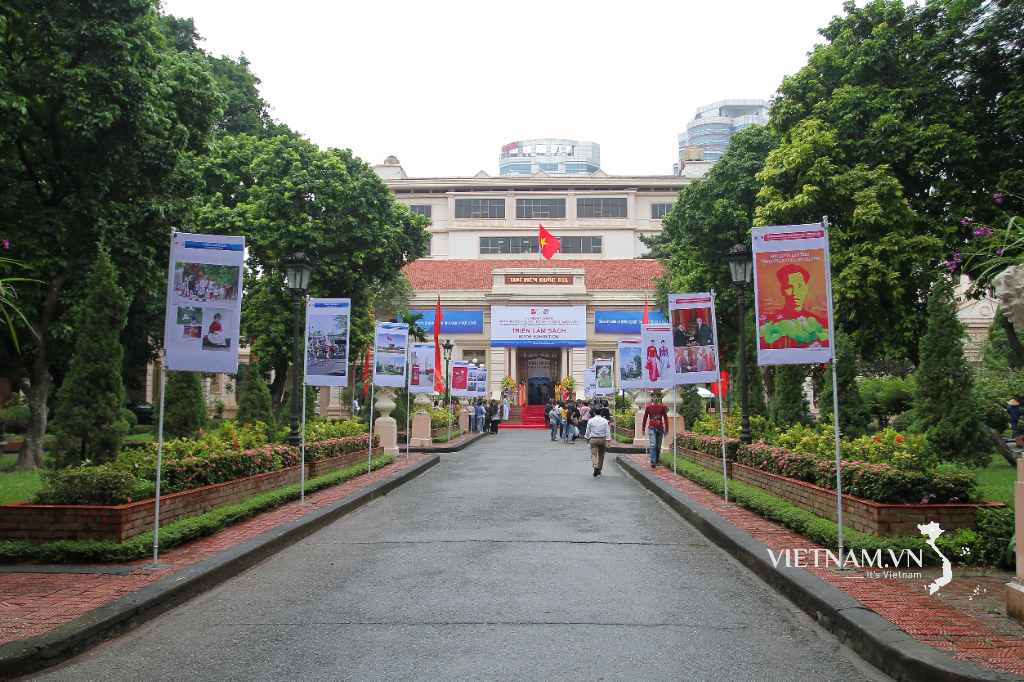



Comment (0)